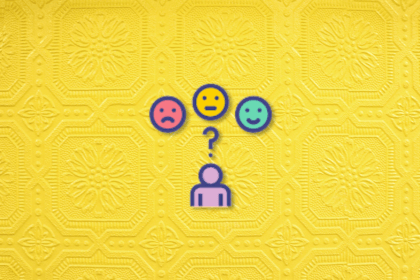
A customer survey is a structured research tool that product people use to gather insights about their customers.
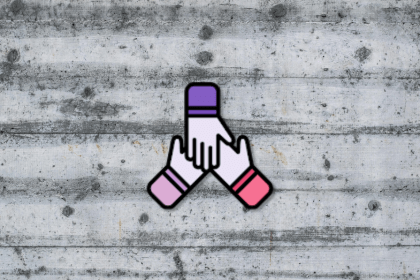
In this article, you’ll learn how to prioritize productivity, work-life balance, collaboration, and staying healthy, while working from home.
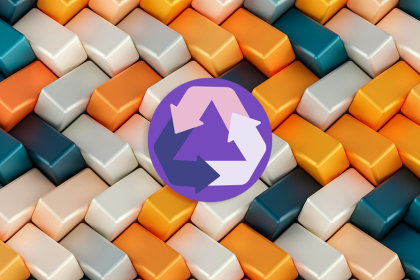
Let’s touch upon how you, as a UX designer, can help solve the subscription churn problem based on an actual story.

Alignment involves a shared understanding of the current vision, goals, and priorities and a collaborative effort to achieve them.
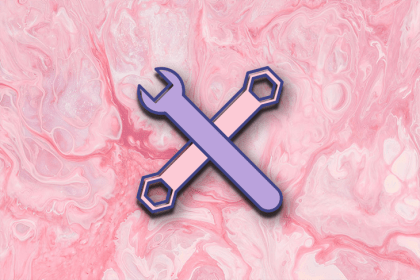
Hypothesis-driven development focuses the development effort of validating a team’s most pressing hypotheses.
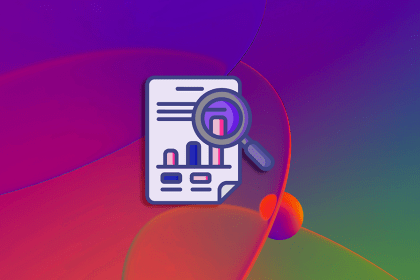
The best way to address design cohesiveness and consistency is to create, maintain, and share ongoing UX documentation.

Outcomes are end goals you try to achieve (often referred to as “product impact”), whereas outputs are the means to achieve these outcomes.
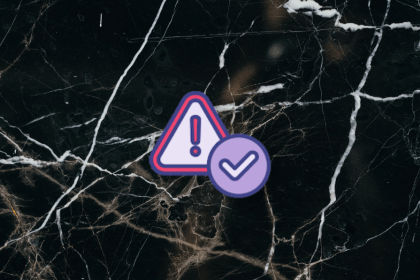
Limiting WIP strengthens team focus, enhances collaboration, improves predictability, and helps you identify bottlenecks.
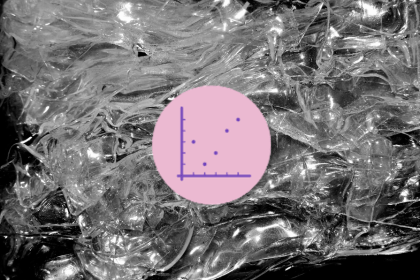
Ultimately, a differentiator answers the question of why customers would use your product over competitive solutions.
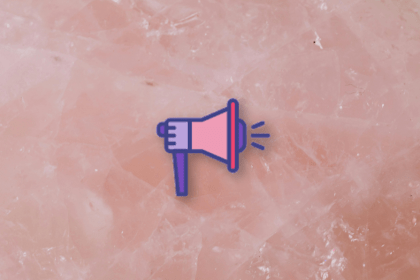
As organizations and product teams grow, sharing knowledge and keeping everyone aligned becomes increasingly difficult.

UX mapping techniques visually represent intangible parts of user experience. Here are the fundamental visual maps every designer should use.
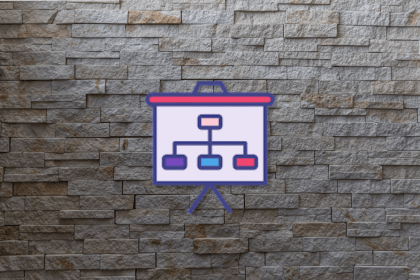
Although single meetings are usually less important and impactful than a design sprint, you’ll notice that you spend a lot more time on them.